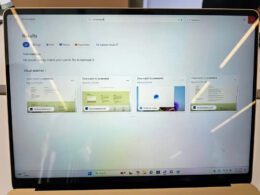YouTube’s administration has been battling ad-blockers for years, in an effort to expand the audience of their Premium subscribers. However, the user community has been resisting these efforts with comparable energy, forcing the tech giant to consider implementing server-level advertising as a last resort, a move with potential severe consequences.
The unofficial YouTube Vanced app relied on a mechanism that intercepted files transmitted by the platform containing the original content, providing a familiar interface, but free of ads. While its more recent iteration, Project ReVanced, involves modifying the original YouTube app to integrate some Premium subscription features, including ad-blocking.
Contributing to the success of this aim is the crowd-sourcing project SponsorBlock, which allows users to skip native sponsor ad integrations. SponsorBlock users label native integrations in videos, the information gets saved in a shared repository, and other viewers can easily skip the indicated segments.
However, YouTube’s latest efforts could disrupt this well-established mechanism, as reported by SponsorBlock’s team on the social network X. Google has started experimenting with server-side ad implementation. The details about this new development are scant, but it may end up rendering video links with time-stamps and chapter markers obsolete. Nevertheless, YouTube’s platform, being the one integrating the ads, will always be aware of their duration and can adjust the time-stamps accordingly.
The complicated ad display mechanism is a necessary evil for YouTube, as their business relies heavily on ad revenues. Therefore, users who are bothered by it are advised to resort to more radical measures, such as using VPN with IP addresses of countries where YouTube does not run ads such as Myanmar, Albania, Uzbekistan, or Russia.





